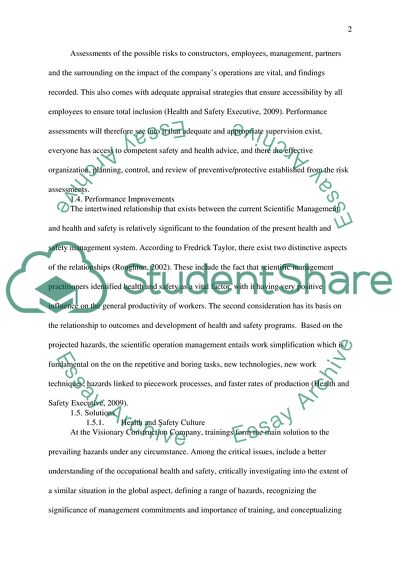Cite this document
(Civil Engineering Management Case Study Example | Topics and Well Written Essays - 3000 words, n.d.)
Civil Engineering Management Case Study Example | Topics and Well Written Essays - 3000 words. https://studentshare.org/engineering-and-construction/1825669-civil-engineering-management
Civil Engineering Management Case Study Example | Topics and Well Written Essays - 3000 words. https://studentshare.org/engineering-and-construction/1825669-civil-engineering-management
(Civil Engineering Management Case Study Example | Topics and Well Written Essays - 3000 Words)
Civil Engineering Management Case Study Example | Topics and Well Written Essays - 3000 Words. https://studentshare.org/engineering-and-construction/1825669-civil-engineering-management.
Civil Engineering Management Case Study Example | Topics and Well Written Essays - 3000 Words. https://studentshare.org/engineering-and-construction/1825669-civil-engineering-management.
“Civil Engineering Management Case Study Example | Topics and Well Written Essays - 3000 Words”. https://studentshare.org/engineering-and-construction/1825669-civil-engineering-management.


